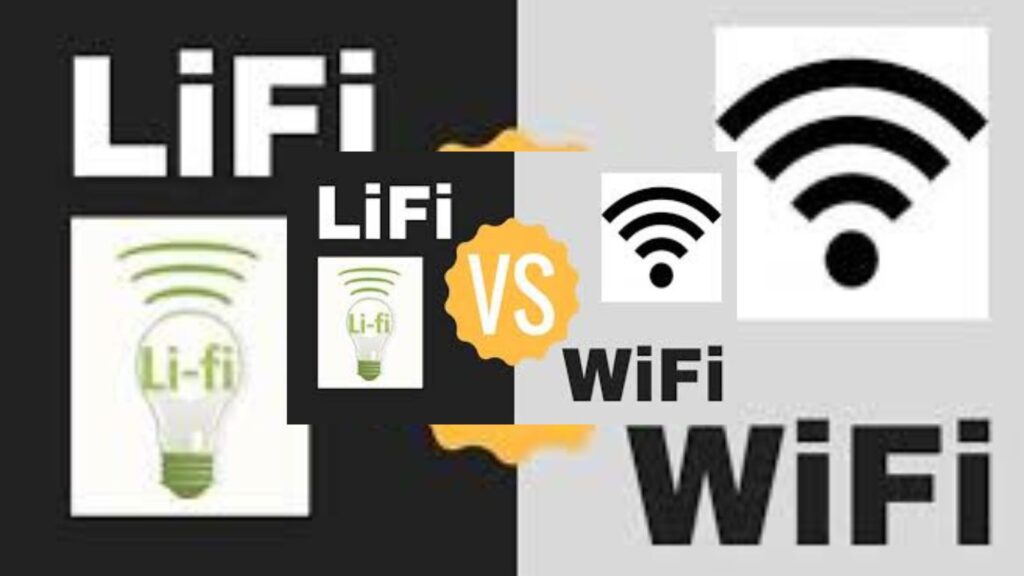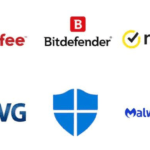Along with the IEEE 802.11 WiFi standards, the Institute of Electrical and Electronics Engineers (IEEE) has included 802.11bb as a standard for light-based wireless communications. The standard, known as IEEE 802.11bb, will offer a widely accepted foundation for the use of LiFi technology.
What is LiFi?
The Visible Light connections technology known as LiFi, or “Light Fidelity,” conducts wireless internet connections at high rates that can surpass 100Gbps. LiFi technology transmits data by using light rather than radio frequencies. This means that businesses can use the light spectrum to deliver wireless connections that are more dependable and faster (up to 100 times faster) than alternatives like WiFi and 5G.
LED light bulbs are used in the technology to create light pulses, and data can move to and from receivers inside those pulses. In order to connect to a high-speed internet connection, turn on a LiFi-capable light. Additionally, it implies that data could soon be transmitted from street lights to both vehicles and pedestrians.
Why is LiFi necessary?
LiFi.co claims that the amount of wireless data being consumed rises by 60% yearly, which indicates that there is a shortage of radio-frequency space. It might result in the situation known as a spectrum crunch, which refers to a potential shortage of wireless frequency spectrum required to support an increasing number of consumer devices. It implies that wireless networks might have a negative impact on how quickly our internet operates.
It warned that eventually WiFi wouldn’t be able to meet demand for data.
Benefits of LiFi over WiFi
LiFi is also eco-friendly because it does not require energy-guzzling electronics like routers, modems, signal repeaters, wave amplifiers, and antennas. LED bulbs can be connected to LiFi so that there won’t be any additional power usage.
Additionally, it has the potential to transfer data using solar energy, enabling isolated and impoverished areas to have internet connection.
When will LiFi be available?
A typical consumer might have to wait a while before using the technology. Several items have also been developed while LiFi has been under development for more than ten years. Defence, healthcare, lighting, IT infrastructure, telecoms, and device integrators are just a few of the businesses working on LiFi solutions for a variety of use cases.











